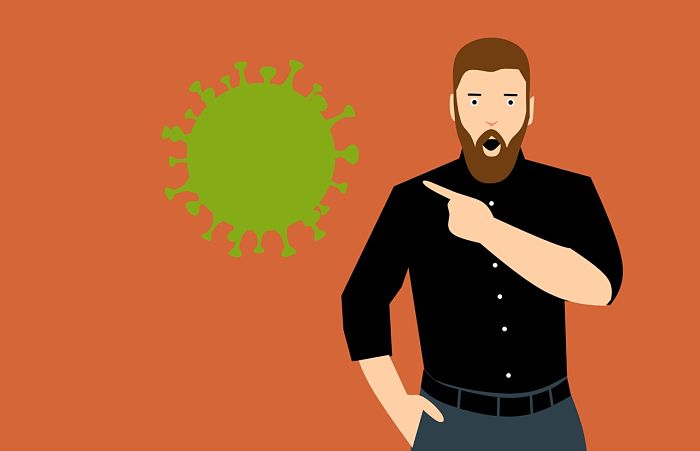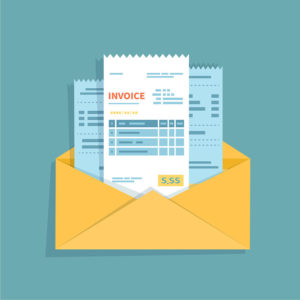When the virus shutdown is over, ailing businesses must consider whether to continue.
Mortgage Forbearance And The Hidden Gotcha: Escrow
Got a mortgage forbearance? Seems like a relief. But watch out for the normally escrowed taxes after the forbearance is up. The CARES Act made forbearance on federally backed mortgages available for the asking. But no one talked about the escrow portion of the skipped mortgage payments. Federal guidance urged servicers to offer easy ways […]
Mortgage Forbearance For Non-government Backed Loans
Are you one of the homeowners whose mortgage isn’t eligible for the government’s COVID forbearance protections? Home loans not backed by the federal government are excluded from the protections for borrowers implemented by FHFA . But as much as one third of US home loans are not backed by the federal government. If that includes […]
Bills I Gotta Pay, But There’s A Pandemic Out There
I have bills I have to pay but no income. That despairing line was repeated over and over again in interviews with pandemic-furloughed workers on last night’s news. COVID-19 has ground the economy to a halt, no one’s working, and no money is flowing. Whether it’s called social distancing, shelter in place, quarantine, or lock-down, […]
Home Mortgage Forbearance: Will It Save Your Home From Pandemic?
Mortgage forbearance for homeowners, shout the headlines. No need to make a house payment. Borrowers who can’t make this month’s mortgage payment were thrown a lifeline of sorts in the coronavirus rescue package. Only it’s probably not the help you think it is. And the lifeline may be far more fragile than you will need […]
Chapter 13 Bankruptcy Disrupted by Coronavirus
Has your Chapter 13 bankruptcy case been turned upside down by coronavirus? You are not alone. And attorneys, trustees and judges are all working on adaptations and adjustments that will save pending cases. Practices and procedures in Chapter 13 vary widely around the country. What follows is what I see here in the Bay Area […]





